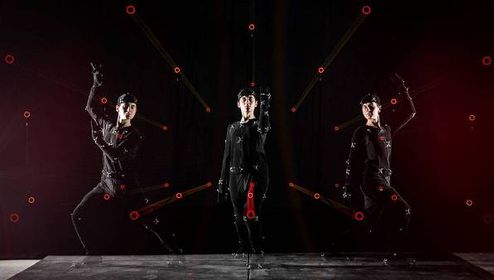
Managing partner of Animagrad studio talks on plans and specifics of contemporary Ukrainian animators
Animation studio Animagrad, which enters Film.ua Group, was founded in 2012. At this point studio’s portfolio includes several projects carried out in 2D-and 3D-formats, the one of which caused is the animated series "Fairy Rus’", filmed in partnership with "Studio Kvartal-95".
Studio is also working on a TV animated series about football, auteur and a full-length animation, and also wants to "revive interesting and popular heroes of the past". As for now Animagrad’s team consists of young professionals who are ready to work with new technologies (in particular, with popular motion capture), and representatives of the "old guard" multiplicators.
Managing partner of the studio Yegor Olesov told "Telekritika” about “plans and specifics of contemporary Ukrainian animators”.
- Yegor, tell us about the creation of Animagrad. What caused your interest in founding this animation studio?
- Until recently, cartoon production niche in Ukraine was virtually free. Having already strong experience in animation in the post-production company, we decided to create a separate, independent animation direction – Animagrad company. So last year, new studio was created. There were several key factors that influenced on creating this studio: the ability to produce quality content for the international market, the attractiveness of animations as a business area in the distribution segment, lack of animation content on local television stations and, of course, the art of animation and creative component of the product.
In principle, now is a struggle for unique content in the market, and cartoons are very popular because they show good ratings. For example, one of our projects - "Fairy Rus" - showed very high ratings.
- What is a niche you would like to take?
- We set a goal to become the leading animation studio in Ukraine.
.jpeg)
- How?
- We are developing projects in different directions like animated series, and feature length. Also, we were able to assemble a highly professional team. Despite the lack of educational base for our industry, there are new professionals, young men who are self-educated, having access to new technologies. But we are trying to attract "old guard" as well. They are people who have the knowledge and experience gained at that time when the industry was working and producing interesting projects. It is important not to forget them, to bring to the projects and try, where it’s possible, to work together. This mixture of classical experience and fresh outlook on technological processes can yield very interesting results.
- How many animators are currently working in your studio?
- Now about 30 people. We have those who are employed by the company, as well as professionals, whom we engage directly to projects. But now we are actively expanding team. In addition to animators, we are working with composers, visualizers, shading, lighting, rendering artists, supervisors. Creating animation - is a complex process that requires the participation of a large number of professionals.
- What technologies do you work with? And why in the first projects you used motion capture technology?
- In order to create a competitive product company is required to have only the most effective software and hardware systems. We use the latest developments to create 2D-and 3D-animation. For animation characters we use motion capture, which allows you to record actions of the actors and using that information animate digital character models in 2D or 3D, including animation of the body and face.
- Do you have many customers?
- Enough for a qualitative development of the direction. But we are ready to expand partnerships in the sector. In addition to working with clients, we are also actively developing direction of our own projects. Companies who are reviving animation direction can form a culture in the market, create a quality proposal, which will be interesting to the consumer. It is important for people to see: Ukrainian animation can be strong, and interesting, and merchantable. But for now, unfortunately, our channels are still not ready to invest in animation. As for now animation is a risk, and not everyone want to take it. But the risk is justified by high ratings, which bring the first Ukrainian cartoons.
- Now channels don’t order production of animation that often, many creators of these projects are trying to get the support of the Film State Agency. Do you have such plans?
- We plan to attract government funding. But we also want to invest proprietory funds, as well as working in co-production. Film State Agency pitchings - it is one of the potential and good methods. However, we expect that the market can grow with the presence of the most high-quality projects.
- The project that brought you fame - "Fairy Rus". Tell us more about how it was created. You were brought the script - and what happened?
- We have been cooperating with "Studio Kvartal-95" in some other areas. After launch and debug of motion capture technology, we showed tests to Vladimir Zelensky and proposed to create the animated series based on this technology. He correctly assessed the proposal, and we quickly started the production. In this project, we have successfully combined our technology with the creative potential of "Studio Kvartal -95."

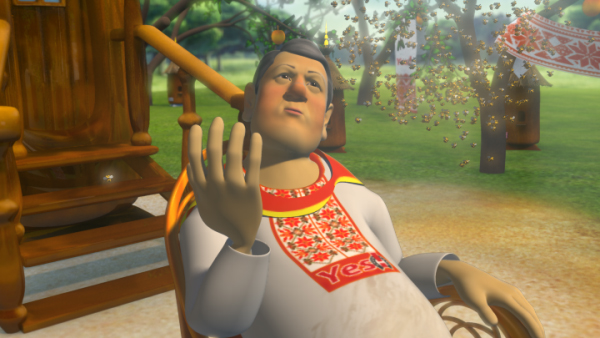
- How many people worked on the creation of the "Fairy Rus"?
- About 20 people: those are animators, and actors, and voice-over. The team is large, because the process is time-consuming and consists of many stages.
- How long does it take to create a single episode?
- We made it quickly. On the creation of a single episode, we had only two weeks, because the project requires a reference to the current political events. Following the development of images and scenarios we start mocap-sessions. To do this, we employ actors to act out all the scenes.
- Where did you found actors for MoSap?
- We made a casting and selected the most plastical. After all it has its own specific, limited field of action, etc. Before filming we prepare detailed story-boards and animatics, so that the process went smoothly and harmoniously. During the filming, the director in real time can observe the work of the actors and see rough images of the animation. After the "motion capture" all data is transmitted to animators, and they carefully finalizing all the scenes. Next cartoon is being edited, voiced-over, music is enclosed, and then it’s broadcasted.
- Will there be a continuation of "Fairy Rus"? And will it become an independent cartoon, as it was stated earlier?
- Yes. As a standalone product it will be broadcasted since March of this year.
- What projects are you working on now?
- We are developing several projects in 2D, and in 3D. We are working on the revival of interesting and popular characters from the past. After a couple of months, we will announce these projects. I can also say that we have started to develop a big animation project based on the tale of Alexander Pushkin's "Ruslan and Lyudmila". Now we can say that this will be a high level of animation, which we hope will be of interest both to distributors and viewers.
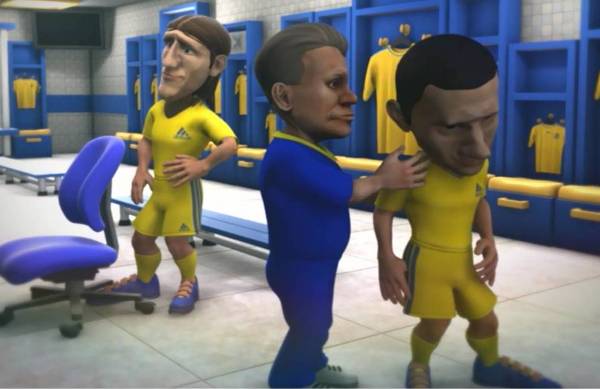
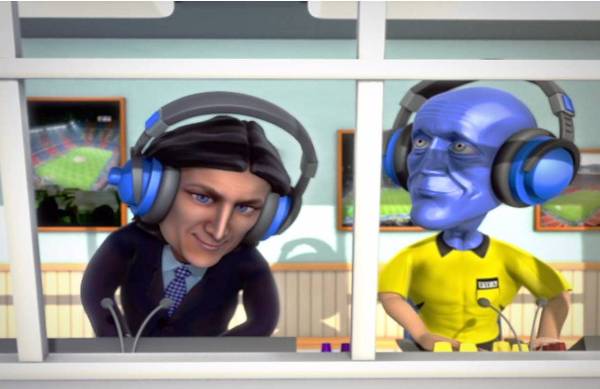
- Among your pilots there’s a series "Our football". Tell us about this project, for whom it is created?
- This project was created for channel "2+2". Because the theme of football is very popular both in this country and around the world. Within the comedy genre it turns out very funny. Here we’ve also used motion capture technology.
- Both "Fairy Rus" and "Our Football" are local projects designed only for the Ukrainian market. Do you have any plans international projects that would return investments after entering foreign markets?
- We have such plans. Creating animation for international release is rather a complex process that requires investment, both financial and in the team and technological developments. We also have in the development several local television programs and auteur animation.
- Do your projects that are in production have a chance to return the invested funds only through the Ukrainian market?
- We are focused on ensuring that our projects have been thoroughly entertaining. As well as financially successful.
- How do you evaluate the potential of the Ukrainian market? What, in your opinion, could push to an increase in demand for domestic animation?
- Qualitative and interesting local market content.
- What is the current cost of one minute of animation?
- The cost is highly dependent on the complexity of the project. The price of the animated product can range from $ 1 thousand to $ 30 thousand. It is assumed that the animation is quite an expensive but profitable product
- How does the use of animation Mocap technology influences on the price?
- Mocap lets you significantly faster produce a product, and thus some processes become cheaper.
- How much does a minute in MoCap cost?
- Again, it ranges. The cost is highly dependent on the task.

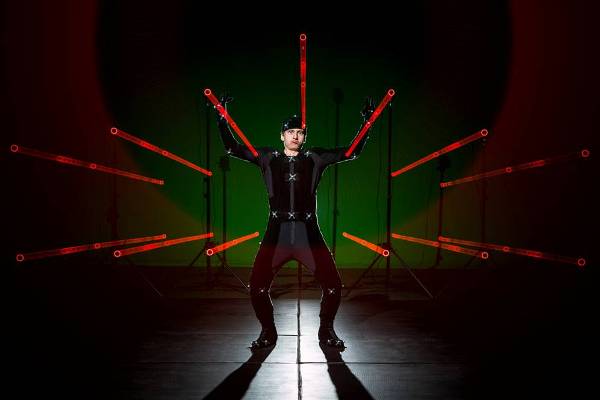
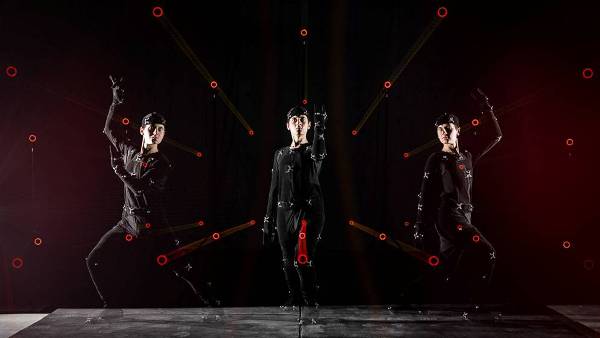
- Are you developing projects using hand-drawn animation?
- Yes.
- Do you negotiate with the newly established children's channels "Plusplus" and "Pixel"? And do you plan to create cartoons for children?
- We don’t have approved projects yet, but we are willing to consider different offers. I think that in the near future we will have children-oriented cartoons. But channels you’ve mentioned, unfortunately, are still focused on buying cheap foreign content.
- Recently, “New channel” started paying more attention to animation. And it even makes the so-called cartoon weekends when air is filled with animated product. Has your studio received an order from “New Channel” to produce an animation?
- We have not negotiated yet, but we will try.
- What trends in the world animation would you mention? What genres and directions will be developed in the near future, and which, on the contrary, will lose popularity?
- Of course, the most popular right now is, and is likely to remain in the future, family animation. That is a product that will be of interest to both children and adults. If we analyze the drama of Pixar or Disney animated films, there can be seen a strong structural component in the story, with lots of gags and jokes that are understandable to children. 3D-direction is now becoming more mainstream, though, I think, 2D-classic due to its familiarity with a live image will be always relevant.
FILM.UA Group
22, Mykoly Zakrevskoho str., Kyiv, 02232, Ukraine
tеl.: 0 800 308 028, +380 44 501-39-71 fax: +380 44 546-68-97 e-mail: info@film.ua
Developed by Argentum IT Lab
